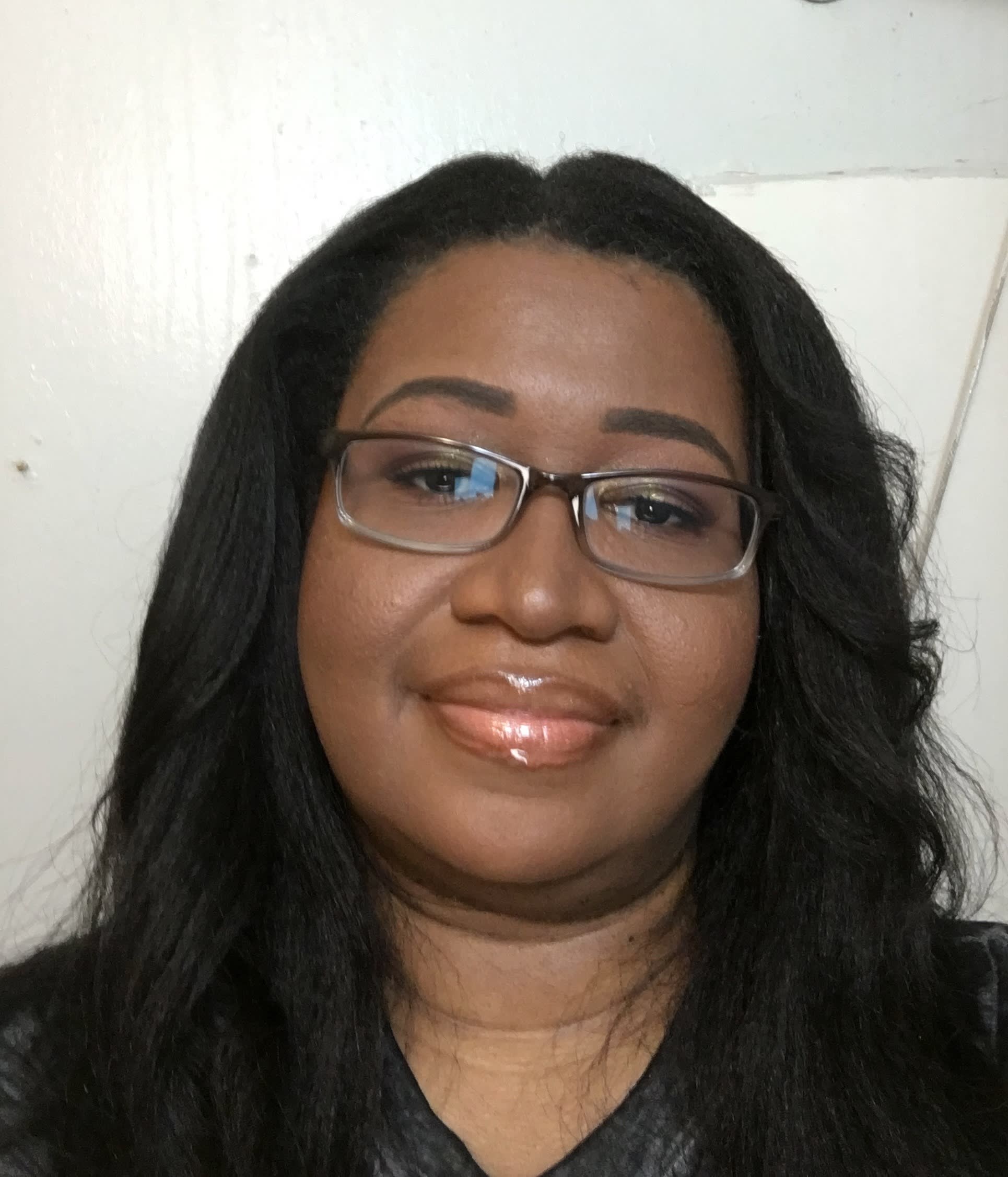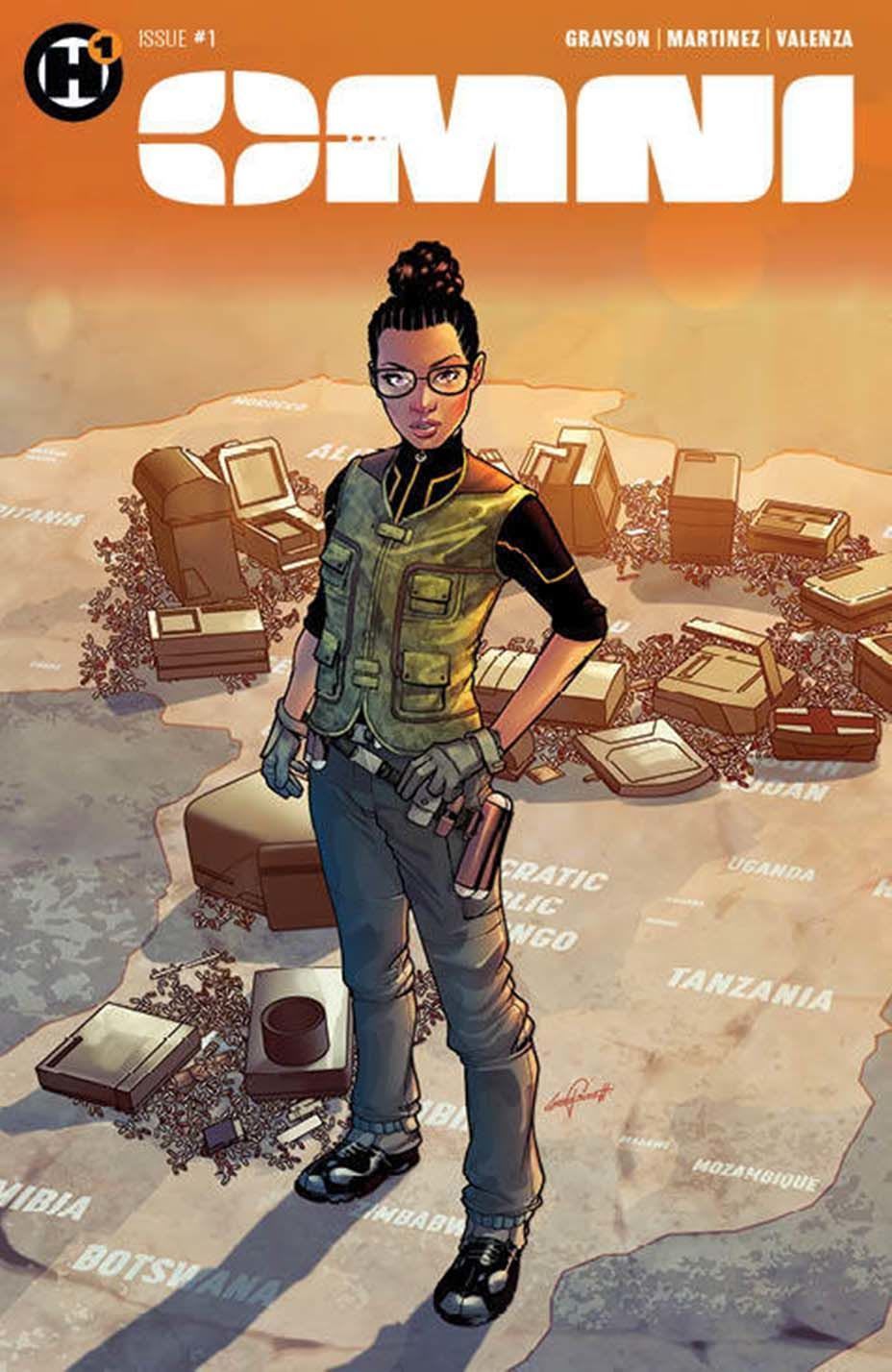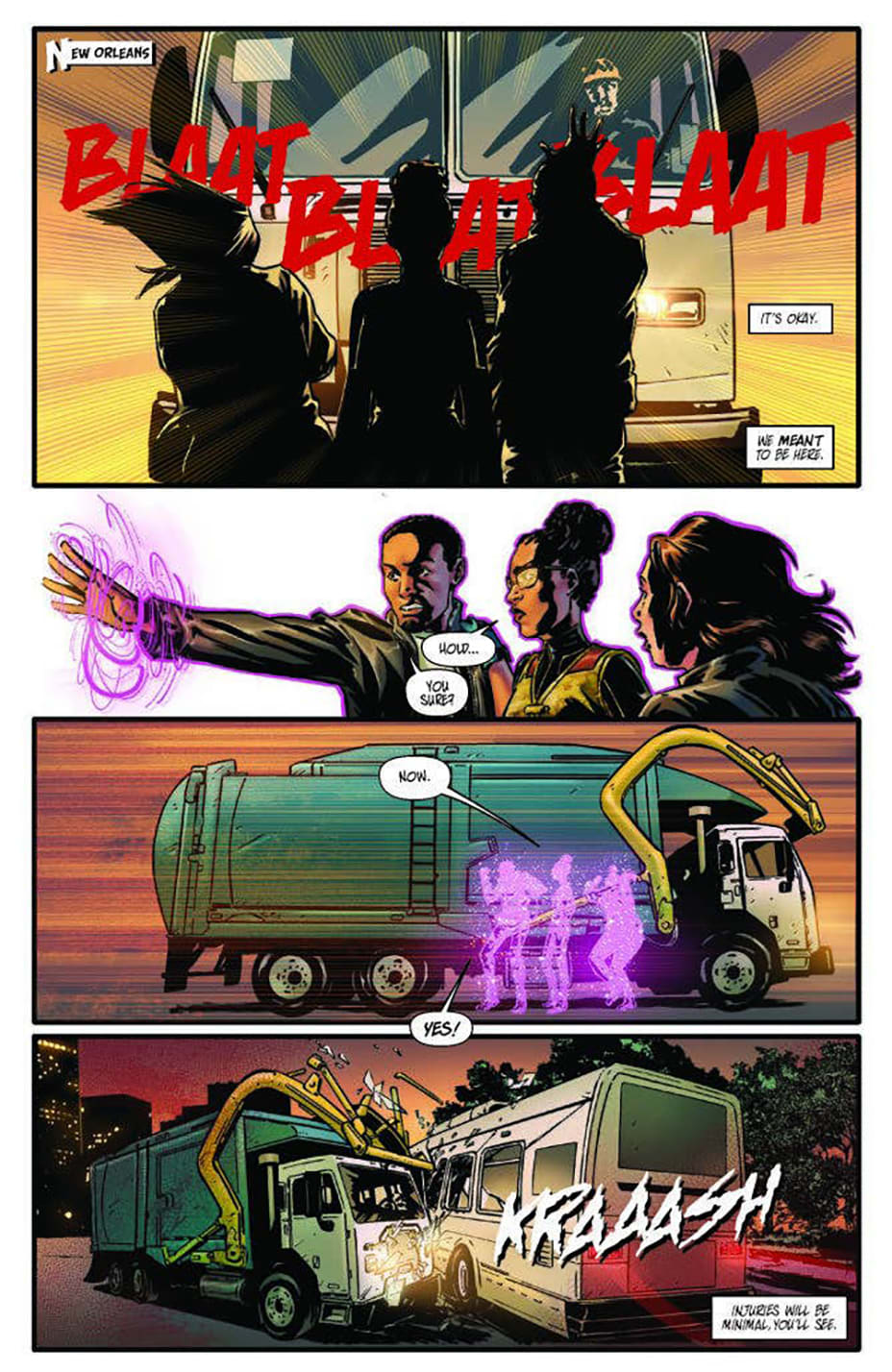
BFA Cartooning faculty Alitha Martinez.
SVA’s faculty is a diverse group of working professionals. In our occasional “Get To Know” series, we chat with many of these educators and get their perspectives on the world of teaching art and how the current climate is affecting the evolution and process of what they do. Today, we’re featuring BFA Cartooning faculty member Alitha Martinez, who also teaches Pre-College courses.
Martinez is the consummate example of a professional working in the industry. She knows her field intimately: its trends, what its employers want and how to navigate the business’s changing politics. Known for her work on Marvel’s Iron Man and DC Comics’ Batgirl, her work includes several titles within Marvel, DC, Image Comics, and Archie Comics, to name just a few. Martinez counted 1999 as her big break in comics when working as an assistant to Marvel editor Joe Quesada (BFA 1984 Media Arts), an SVA alumnus. In 2020, the Society of Illustrators in New York City included Martinez’s art in the exhibit Women in Comics: Looking Forward, Looking Back. We spoke to her recently about her career, the way the industry—both in education and comic books—has changed for the better and how there’s still progress to be made in many avenues of equality and inclusivity.
Tell us a little about your history with SVA.
In the mid ’90s I attended SVA. I was the only girl in the entire cartooning department and didn’t always feel comfortable. In many ways, the early reception and introduction to comics have shaped how I navigate the world: I maintain my distance and silence. I concentrate on my work with little social interaction. You would think that such a lifestyle would have prepared me for the pandemic, but there’s a vast difference between choosing your own schedule and your level of engagement and being forced to limit both the time spent outside and the people you are with.
A couple of years ago, I was invited to teach at SVA after sitting on a panel in the school’s theatre. It’s wonderful to see how much things have changed. My class is 90% women now. Everyone shares and talks and welcomes feedback. It’s absolutely amazing.
How has teaching cartooning in a pandemic forced you to adapt and be creative?
I had to get creative on the one hand, but on the other side, I got to show more about how I genuinely operate in comics. Only half of my job is done at the art desk. I spend a lot of time in front of my computer using Photoshop, Illustrator and InDesign. It’s not quite enough to stay exclusively in the studio when so much of the production work falls on the artist to do. That should be taught in conjunction with live drawing because it will most definitely be required.
What’s something still to come that you’re excited about this semester?
I look forward to class every time. More and more, our sessions have become a safe space for drawing and sharing and learning. I demand a lot of my students, but we broach each subject together. I look forward to seeing how they apply what they’ve learned.

Humanoids Comics' Omni, illustrated by Alitha Martinez.

Humanoids Comics' Omni, illustrated by Alitha Martinez.
Who are the female cartoonists or illustrators (past and present) that inspire you?
Growing up, people told me that women did not draw comics, and I was far removed from any environment where I could have learned the truth. Also, coming from an immigrant family, comics were not allowed or even understood in the house. There were no older cousins to introduce the art form to me. Growing up, I didn’t even know it was a career and when I finally did learn of it, the door was slammed shut in my face. I hid my art and my love of superheroes. Anything that I signed my name to was torn down. I had to use a pen name, Ariotstorm, to hide my identity. Coincidentally, Ariotstorm is now my company’s name and my social media handles. Finally, when I moved to NYC with nothing but a duffel bag and a guitar just like some ol’ rock song, I met Amanda Connor when I was working for Joe Quesada. She was the first woman in comics that I had ever heard of.
How do you feel the industry has become more welcoming or hospitable to women cartoonists/illustrators over the last several years? In what ways can it continue to improve?
The industry as a whole has become more inviting, but would I call it welcoming? Not quite. I fear the rise in segregation that I’m seeing. Women draw women. Black women draw Black women. That’s not progress, especially when it’s coupled with ignorance. I was asked if I had trouble drawing a masculine character such as Wolverine, and just when I thought the whole “you don’t draw like a girl” thing had died, that question let me know that the ignorance hadn’t died; it just went unspoken. We all have to be vigilant, or we risk walking willingly into a new, darker area where we are afraid to create things unlike ourselves.
What advice would you impart to your younger self just starting as a cartoonist/illustrator?
Now this one, I get asked a lot. It’s not my younger self who needs the advice. The Alitha who was starting, was fearless and driven. Nothing could stop her; no one’s words penetrated her. She was absolutely unbeatable and she knew that she would make it. This pandemic has really illustrated that it’s me now that my younger self should visit. She needs to come and remind me of who I am and what I am capable of. She needs to relight that fire in my belly and tell me that no matter what, I will, I WILL, continue to do this. I will make it because I’m no longer striving to be a comic book artist. I AM a comic book artist.
Learn more about Martinez’s work and read her blog, over at ariostorm.com.

